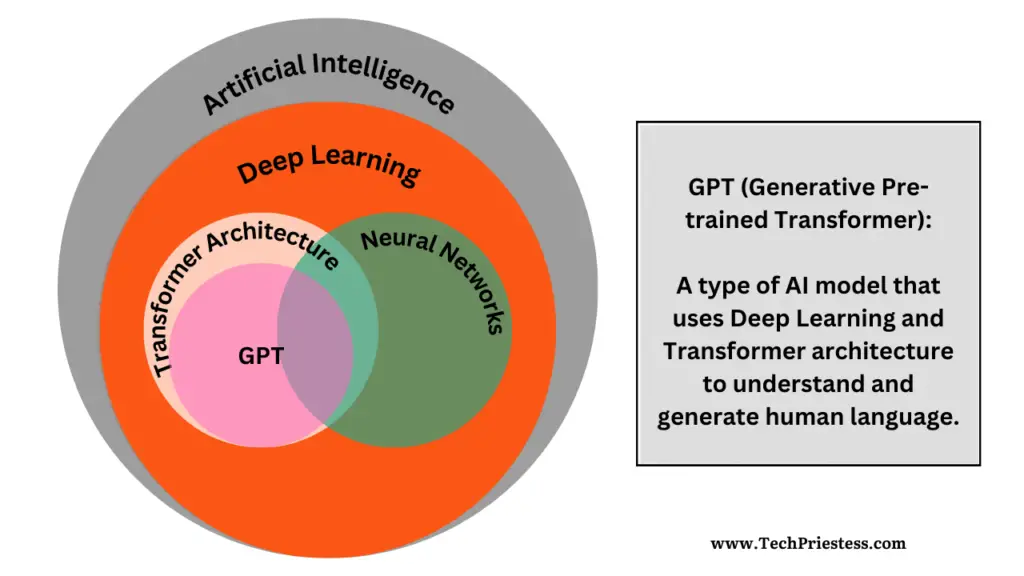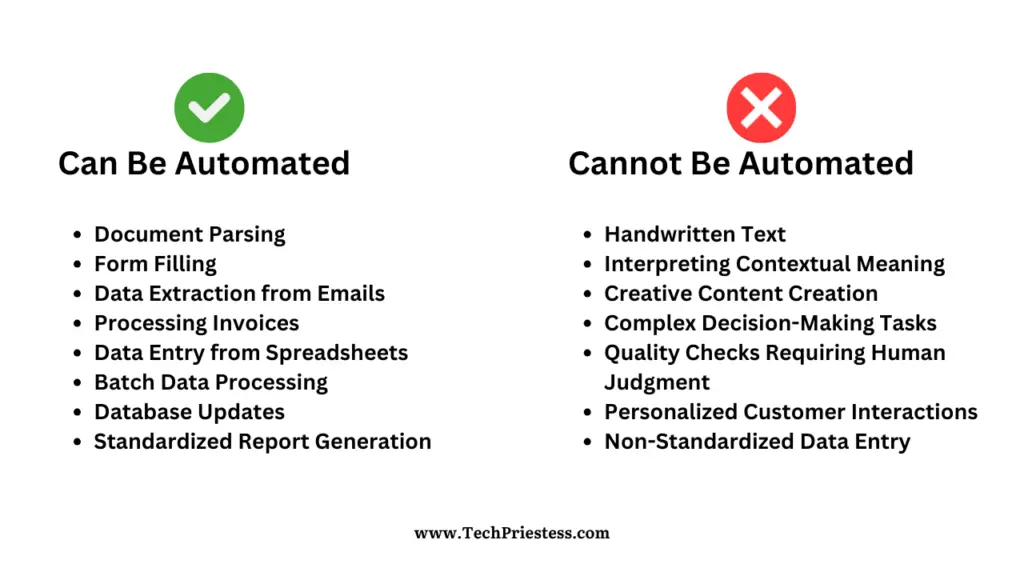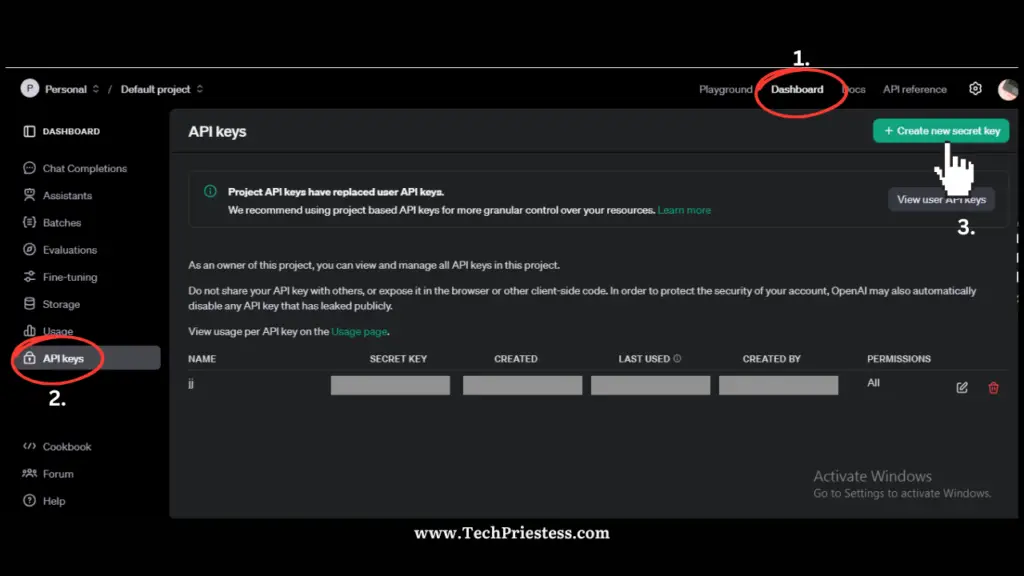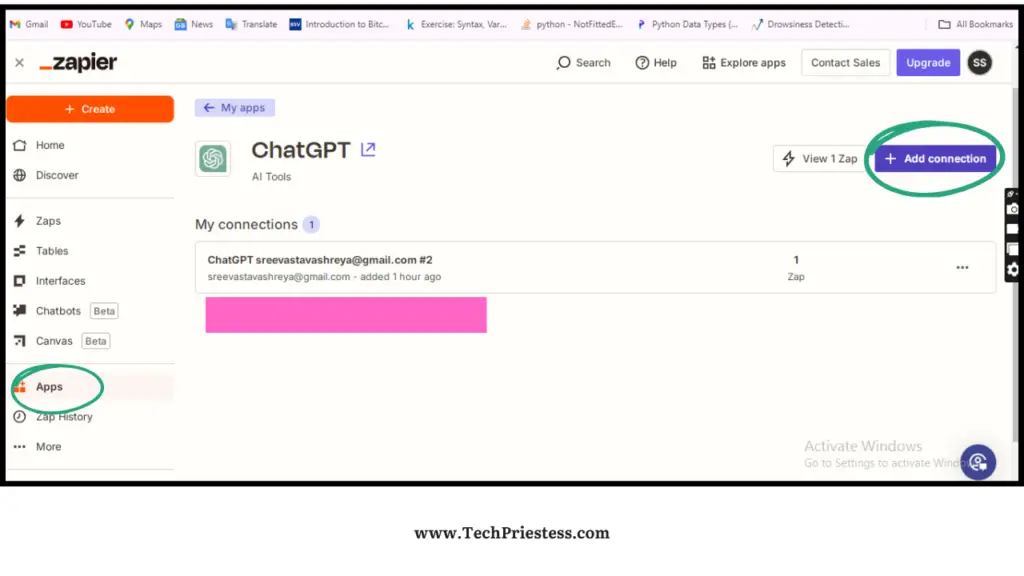Data entry is a popular term among companies. It is one of the most demanding job roles among job seekers. Many people, especially those with an immediate job requirement often seek for data entry jobs. One thing special about this job role is, it is one of the easiest yet tiring job. The job requires utmost focus and a small mistake can cause big troubles. Today in this article I will be telling you about AI tools and method to automate data entry process by using automation tools and GPT.
What is Data Entry?

Before automating data entry task, it’s important to understand what data entry is. Data entry is the process of inputting information (data) on journals, computer or database. This data is usually a piece of information which can be further used for many purposes.
Note: The data generally are in the form of text, but in some cases it may include images, audios, or videos files too. The process of entering the data helps in keeping records and tracing important information.
Need to Automate Data Entry Task
Manual data entry has its own drawbacks. Repetitively typing the same data and verifying it requires unwavering concentration power. Even if a person has a decent concentration still humans tend to make errors.
The chances of making errors become higher when you are dealing with a large amount of dataset. Below are some major challenges people often face while dealing with data entry tasks:
- Human Errors: Humans generally make errors like typo mistakes, transposition errors, and duplicity of data.
- Consumes a lot of time: Although the time required to enter the data depends on the volume and size of the data. If a person has moderate typing speed i.e. 40-60 words per minute, still it would take around 1 hour to enter 300-500 entries.
- Real-time Updation: Suppose a person is working in a medical hospital. Every second is crucial in places like hospitals. If a person fails to update the data on time, it can lead to severe damage. People can fail with real-time updation of the data which can lead to serious issues.
To prevent such errors and update the data in real-time, it becomes important to automate the data entry process. By automating data entry process, the chances of such errors reduce and it saves a lot of time.
Understanding AI and GPT-Models
What is AI and GPT?
What is AI: AI or Artificial Intelligence is a branch of Computer Science. Artificial Intelligence deals with making machines that are human-like and intelligent. ‘Human-like Intelligence‘ means, being able to make decisions independently like a human, make future predictions on the basis of current scenarios, and learn from their environment, same as the way a human being does.
Advancement in the field of Artificial Intelligence has led to the invention of many AI models. Many AI models have been launched successfully and people are using these AI models in their daily lives. These AI models are Natural language processing (NLP), Computer Vision (CV), Generative Models, Generative Pre-trained Transformers (GPTs), and so on.
What is GPT: Generative Pre-trained Transformers or GPT is an advanced model of Artificial Intelligence and Deep Learning Technology. Generative Pre-trained Transformers are based on Transformer Architecture, which is a type of Deep Learning model (a subfield of Artificial Intelligence). GPT deals with tasks that are based on Natural Language Processing (NLP) or simply human languages.

Example of GPT in Real Life: In daily use cases, GPT Models are used by people for text summarization, generating content (Text, Images, or Videos), and providing solutions to questions in a Conversational way (like a human being). Some examples of these GPT Models are ChatGPT by OpenAI and Gemini by Google.
How GPT works in Data Entry Automation
GPT Models primarily work with Natural Languages (Human Languages) and generate outputs based on the prompts. Prompts are inputs that are provided to the GPT models to guide them in generating desired responses. These prompts are pieces of text information in a conversational manner based on natural languages.
If you want to upgrade your Prompt Writing Skill, then read this.
In data entry automation, GPT helps in extracting data, validating the data, understanding the data, and summarizing the data. GPT also checks the accuracy of the data. GPT integrates with other data automation tools like Zapiers and UiPaths to automate data entry.
How to Automate Data Entry with GPT
1. Identification of Data Entry Tasks that can be automated:

It is important to categorize wisely between the data entry tasks that can be automated and those that can’t. The tasks that can’t be automated for now are hand-written text.
The data entry tasks that can be automated are Document parsing (extracting data from documents), form-filling, data extraction from mail, and processing invoices.
2. Creating Data Entry Automation Workflow
a. Selecting the right automation tool
To automate data entry, one needs to create a workflow. Workflow in the data entry process means having a step-by-step guide that will automate data entry process. To create a Workflow, tools are available in the market.
One has to precisely choose between the AI tools that are available in the market, as there are hundreds of AI tools available. There are some AI Tools like UiPath, Zapier, and Power Automate by Microsoft that are safe and easy to use.
Zapier and UiPath provide free versions also. In this article, Zapier has been used.
b. Integrating GPT with the Automation Tool


- Automation tools help in creating workflows and extracting data. Further processing of the data, such as validation, verification, and cleaning, is handled by GPT tools.
- Please Note: In this article we will be using Open AI’s ChatGPT as the GPT Tool. We will integrate Chat GPT to Zapier(Community Version) using API.
- Automation Tools can be connected with GPT tools with the help of API. API is an Application Programming Interface that acts as a messenger between two software helping them to communicate with each other.
- To get the API and connect it with Zapier, follow the following steps:
----------------------------------------------------------------------------------------------------------------- Getting the API from OpenAI Step 1: Open Open AI. Step 2: Create an account or login. Step 3: Open the Dashboard. Step 4: Click on 'API Keys' present in the left side bar. Step 5: Create a new secret key. Step 6: Copy your API or Secret Key and paste it somewhere safely. ----------------------------------------------------------------------------------------------------------------- Integrating ChatGPT with Zapier: Step 1: Open Zapier Step 2: Create an account or Sign in. Step 3: On the left side, there will be an option of 'Apps'. Step 4: Open 'Apps'. Step 5: Select 'ChatGPT'. Step 6: Click 'Add Connections'. Step 7: Paste the API. Your connection has been established.
c. Creating the Workflow of Data Entry Automation:
1. Trigger: (In case of Zapier) While creating a workflow, the first step will be identifying the trigger. Trigger in the data entry process will be: Receiving of some data such as email, form submissions or any other document. 2. Actions: (2.1) Action 1: Extracting data In the second step, the data received through emails, form submissions or other documents must be extracted for the further processing. AI tools like Ui Path, Zapier play a crucial role here as well. These tools help in the extraction of the data from the source point. 2.2 Action 2: Sending the extracted Data to the GPT Model: a. Sending the extracted Data to the GPT Models: The extracted data must be send to the GPT-Tools through the APIs for the further processing. As GPT models are capable of understanding the human languages, they easily verify the data and validate it. b. Validation and Verification of Data: In this step the extracted data reaches to the GPT-Models. GPT tools immediately starts validating the received data. 2.3 Action 3: Pushing the data into Spreadsheet or Database: After verifying and validating the extracted data, GPT tool pushes the data into the spreadsheets and databases. Note: During the Validation process, cleaning of the data is also done. 2.4 Action 4: Sending the notification: It is important to get notified once a new data has been entered to the database. Members associated with database should get informed once a data is revived or updated. Optional Step: Handling the errors: While the whole Data Entry automation process some error may occur. It is important to add a precautionary step in the workflow that will help in handling the errors.
Conclusion
Data entry is a tiring job that requires the utmost focus and patience. While entering the data manually, there is a high chance of mistakes and errors. By automating data entry task, one can not only save time but also reduce the chances of errors. There are multiple AI tools like Zapiers, Power Automate, and UiPath for automating data entry tasks. Some tools are free, and some offer paid services.
These tools help create a workflow and extract the data. When GPT tools are integrated with these data entry automation tools, the capability of the data entry automation process increases. GPT does all the human-like tasks, such as validation, verification, and data cleaning.
The final data is then pushed into the Spreadsheet or database. Automating the data entry process can save a lot of time and help update the data in real time. Embracing the capabilities of AI tools can enhance efficiency and allow the team to focus on other things necessary for the organization’s growth.

